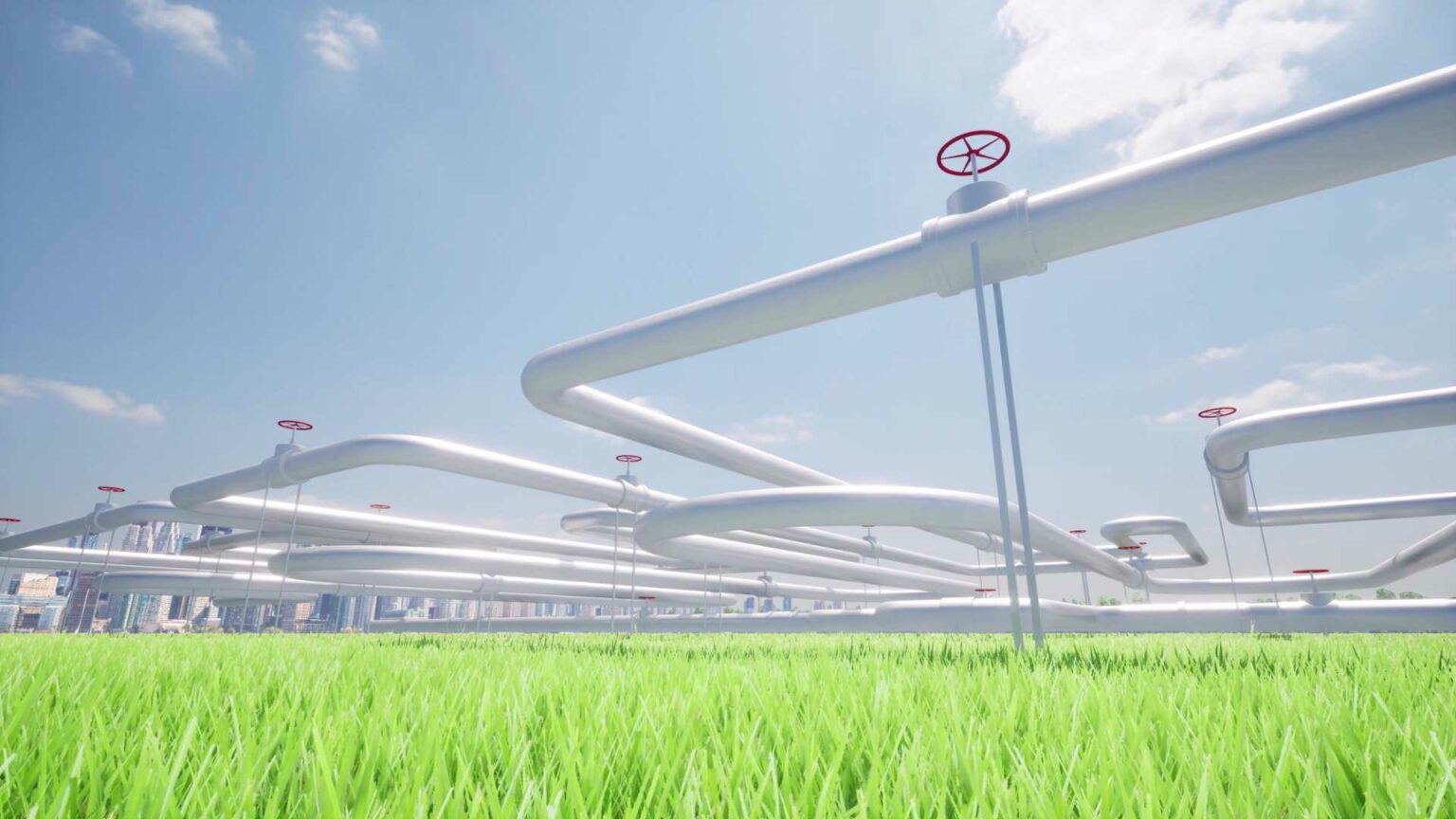Magma Global has developed an innovative composite pipe designed to transport gases such as hydrogen, hydrocarbons, and CO2.
The patent, filed on August 7, 2024, outlines the composition and structural improvements in this new pipe technology. This article dissects the unique features, potential applications, market impact, and competitive edge of this patented technology.
Unique Features and Improvements
The patented composite pipe features a layered construction where a composite overlay is bonded to a portion of the external surface of the pipe. Both the pipe and the overlay consist of a thermoplastic polymer matrix embedded with fibers. The key innovation lies in the type and arrangement of these fibers.
– Continuous vs. Short Fibers: The internal composite pipe includes continuous fibers, which enhance the pipe’s structural integrity and durability. In contrast, the external overlay comprises short fibers (ranging from 0.05mm to 10mm in length), which contribute to the overall flexibility and resilience of the pipe.
– Material Choices: The fibers embedded in the polymer matrix can be made of aramid, glass, carbon, or basalt. For the preferred embodiment, both the base pipe and the overlay are constructed from polyetheretherketone (PEEK) with carbon fibers, lending the pipe superior strength and thermal stability.
Potential Applications
This composite pipe technology is primarily developed for transporting hydrogen, hydrocarbons, or CO2. Its robust design and material composition make it suitable for high-pressure and high-temperature environments, which are common in the transport and storage of these gases.
